As soon as the Smithsonian Faculty Fellowship cohort arrived at the Donald W. Reynolds Center…
The 2023 Spring seminar series at the Smithsonian concluded with a rich afternoon at the National Museum of African American History and Culture (NMAAHC) where Fellows heard two strong presentations and toured two thought provoking exhibits.

Auntaneshia Staveloz, Senior Manager in the Office of Strategic Partnerships, NMAAHC began with her presentation titled, “Making a Way Out of No Way: Empowering African American History and Culture Institutions through Authentic Partnership and Meaningful Engagement.” Fellows learned that the Office of Strategic Partnerships works to empower various African American History and Culture institutions, both nationally and internationally. The staff works in a collaborative manner with professional trade associations, museums and museum service organizations. This collaboration can provide resources normally beyond the reach of many of their partner institutions. It also increases the visibility of many of these under-resourced organizations.
They also provide training opportunities that help partner members develop leadership skills, which can open up new opportunities and benefit the field as a whole. For example, a workshop on Ethical Interpretation addresses the history of marginalized populations whose experiences have been overlooked or misrepresented. Learning how to collaborate with affected communities, developing skills of culturally responsive interpretation and focusing on how to engage in culturally sensitive, challenging discussions are the key elements of this training. Another iniative is the HBCU History and Culture Access Consortium (HCAC). This five-year pilot program with five HBCU partner institutions is focused on activities that will strengthen HBCU museums and archives. The program includes leadership development and training, developing a collaborative digital archive, collections management, as well as developing traveling exhibitions and publications reflecting the rich collections of HBCU museums. A comprehensive evaluation of the program will also be done which will hopefully lead to a continuation and expansion of the program.
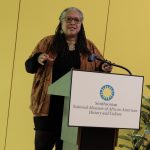
The afternoon continued with Kelly Navies, Museum Specialist in Oral History whose presentation was titled, “The Power of Storytelling: Voices of Resistance, Hope and Resilience.” Fellows learned that NMAAHC’s Oral History initiative aims to use oral histories to document, preserve and interpret stories while supporting the research and exhibition goals of museum curators. There is also a focus on capturing oral histories of iconic African American elders. This is being done in a variety of ways such as their Community Curation Program. Each year a team focuses on a different part of the country, spending time collecting stories. Additionally, they have a joint project with the Library of Congress to record voices of the Civil Rights Movement. NMAAHC’s Oral History Checklist, available online, provides instructions and tips on their Capturing Your Family’s Oral History webpage. A number of oral histories can be accessed online as well.
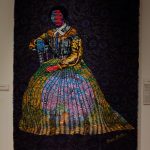
Additional Oral History Projects include the Poor People’s Campaign Oral History Project, Social Justice Conversations Oral History Project and Reckoning: Visual Arts Oral History Project. It was this last project that led us to the first exhibition we would be touring, “Reckoning. Protest. Defiance. Resilience,” which examines the ways in which visual art has “provided its own protest, commentary, escape and perspective for African Americans” (https://nmaahc.si.edu/reckoning). Each item in the exhibit works to tell a story of injustice, resistance and/or courage. Fellows were allowed time to quietly explore this exhibit, with opportunities to engage in conversation and reflection. To the left is a picture of the quilted and appliquéd textile portrait of Harriet Tubman, titled “I Go to Prepare a Place for You” by Bisa Butler.
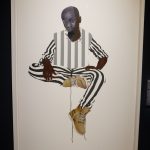
To the left is “80 Days” , a work of paper, acrylic, graphite and pastel on canvas by Deborah Roberts. She created this piece in honor of George Stinney, Jr., a 14 year old child and the youngest person to be exectued in a U.S. prison. The name reflects the period of 80 days between March and June of 1944 during which he was unjustly accused, arrested, tried, convicted and executed for two murders he did not commit. While this conviction was overturned some seventy years later, it did not correct what happened to him.
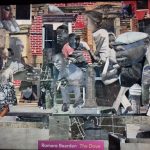
This was followed by a visit to “Afrofuturism, A History of Black Futures.” The term “afrofuturism” aims to convey an understanding of Black identity through art, creative works and activism that portray a future marked by a sense of freedom and liberation. All of the objects and images in the exhibit were chosen to reflect Black identity, agency, creativity and hope and touring this exhibit served as a counterpoint to the Reckoning Exhibit.

Needless to say, the afternoon’s program generated many new ideas and understandings, and served as a wonderful ending to the 2023 museum seminar series. .
‘


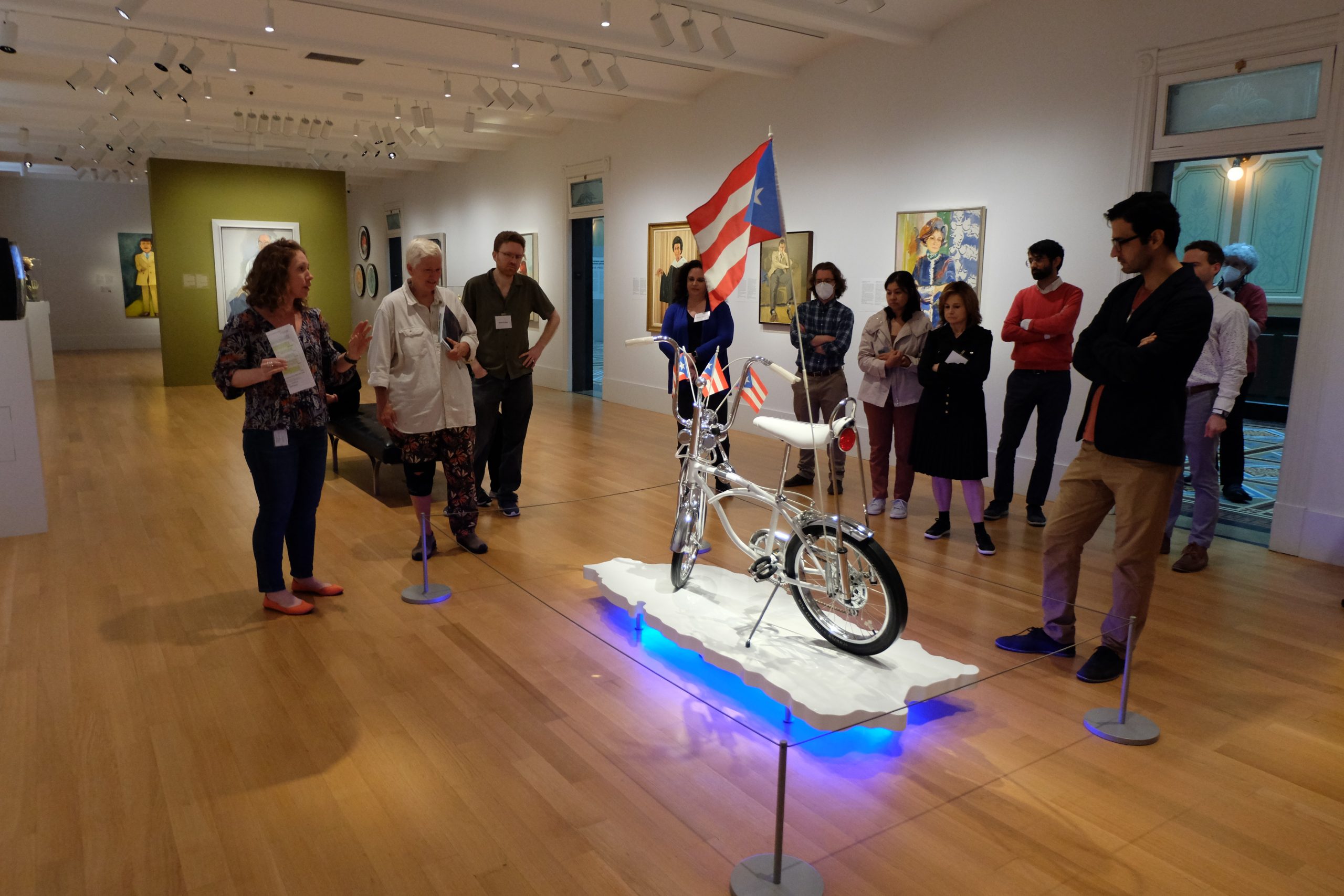
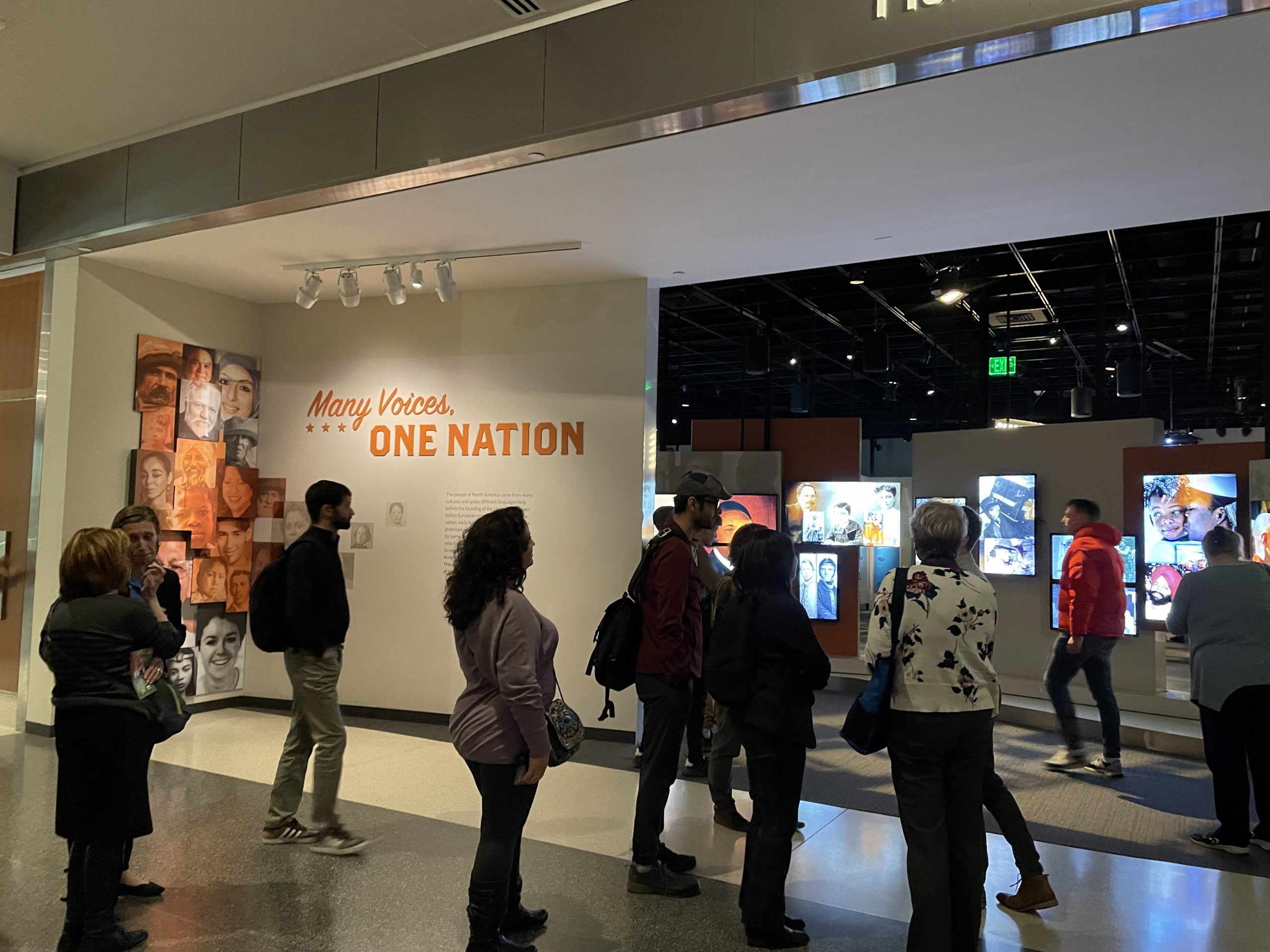
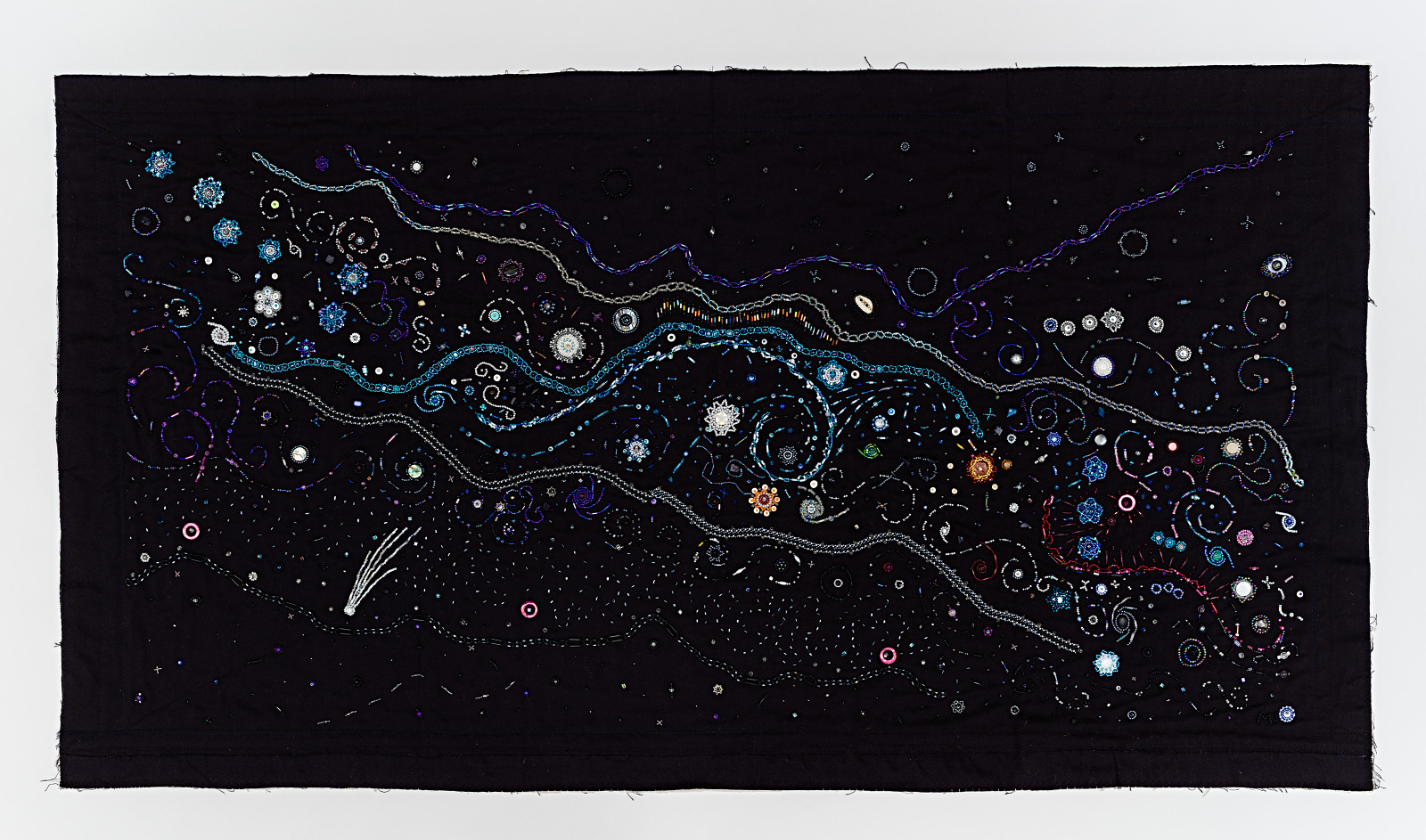
This Post Has 0 Comments